Help, I need a diagnosis for my succulents
savemysucculents
8 years ago
Featured Answer
Sort by:Oldest
Comments (19)
savemysucculents
8 years agoRelated Discussions
i need help with my succulent quick!
Comments (2)Down to personal choice I think. Maybe support the broken leaf so that the two edges are in very close contact and it 'could' join back together again given time and patience it's got to be worth a go. Maybe a suggestion would be to use a shallower pot that is wider than deep so as not to have the leaves sticking out over the edge of the pot to prevent any further mishaps! Gill UK...See MoreI need help finding the species of my succulent.
Comments (2)Crassula falcata with red flowers. Yours could have more light: it is stretched a bit. Harry...See MoreI need help Identifying my succulents
Comments (2)Be careful not to overwater. Make sure they get plenty of light. In the first pic, the soil looks very dark. Is it wet? As for the last one, when you water it, take it out of the outer pot and let it completely drip off dry before putting it back (like an hour or more). Nice plants. Nice Mom!...See MoreI need help identifying my succulents
Comments (12)Sempervivums are very difficult to ID, there are more than 50 species and thousands cultivars, with many looking very similar. Exact name of the cultivar really doesn't matter that much as far as their needs: they are really same. When plant is not healthy, or grown under not-so-good conditions, they may, and often do, different than they should and that's another problem to ID it correctly. Kirby I don't see you mentioning your general location or growing zone? Sempervivums are very hardy plants, most of them will overwinter outdoors, under the snow, in z4 and many even lower. So unless you are in colder location, they could and should be grown outdoors. Proper pots are much more important than one may think. I would encourage you to repot plants that are in containers that do not have drainage holes. You don't even need to buy pots - plastic containers from cottage cheese or yogurt will work as long as you poke holes in it - a thin nail or straight pin works very well. Many small holes around bottom are great. Use opaque containers, as see-through will encourage growth of algae (more of a aesthetic problem, it will not kill your plants). I hope you do not think that we are preaching to you - all members here are quite enthusiastic about succulents; everyone that posted wanted to offer some helpful tips. We do get carried away - as soon as any of us see a problem, we comment even if you didn't ask about it (potting mix and drainage holes in this case...). It is all meant well and to help - otherwise none of us would waste time on reading and replaying :)...See Moresavemysucculents
8 years agobernardyjh
8 years agolast modified: 8 years agoMelissa
8 years agobernardyjh
8 years agoandy_e
8 years agosavemysucculents
8 years agosavemysucculents
8 years agobernardyjh
8 years agorina_Ontario,Canada 5a
8 years agosavemysucculents
8 years agorina_Ontario,Canada 5a
8 years agobernardyjh
8 years agorina_Ontario,Canada 5a
8 years agobernardyjh
8 years agosavemysucculents
8 years agobernardyjh
8 years agorina_Ontario,Canada 5a
8 years agolast modified: 8 years ago
Related Stories

UNIVERSAL DESIGNMy Houzz: Universal Design Helps an 8-Year-Old Feel at Home
An innovative sensory room, wide doors and hallways, and other thoughtful design moves make this Canadian home work for the whole family
Full Story
REMODELING GUIDES8 Tips to Help You Live in Harmony With Your Neighbors
Privacy and space can be hard to find in urban areas, but these ideas can make a difference
Full Story
HOUZZ TOURSMy Houzz: Saturated Colors Help a 1920s Fixer-Upper Flourish
Bright paint and cheerful patterns give this Spanish-style Los Angeles home a thriving new personality
Full Story
GREEN BUILDING4 Ways Green Roofs Help Manage Stormwater
See how a living roof of any size can have a big impact
Full Story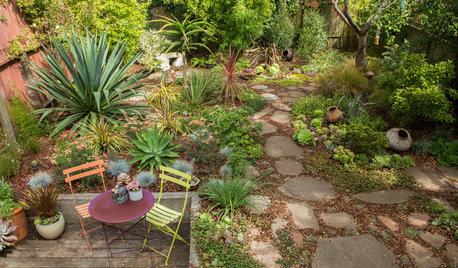
INSPIRING GARDENSSucculents Beautify a San Francisco Shade Garden
A garden designed to be viewed from above gets new drought-tolerant, wildlife-friendly plantings
Full Story
CONTAINER GARDENS3 Steps to Creating Quick, Easy and Colorful Succulent Containers
Take a bright container, add a colorful succulent or two and have a professional, summery design in minutes
Full Story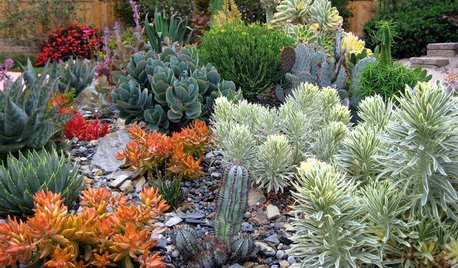
GARDENING GUIDESA Beginner’s Guide to Growing Succulents
Their easy-care reputation is well-deserved, but a little TLC will turn succulents into star plants
Full Story
GARDENING GUIDES10 Creative Ideas for Cactus and Succulent Gardens
Arrange cactuses and succulents amid salvaged treasures, against a vibrant painted wall or in terraced beds
Full Story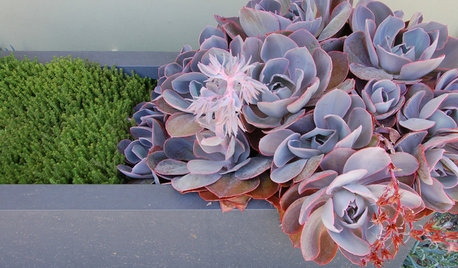
SUCCULENTSGrow a Garden of Succulents for Easy Beauty
Low-water plants in a wide range of colors, shapes and sizes? Sign us up — and check out our faves here
Full Story



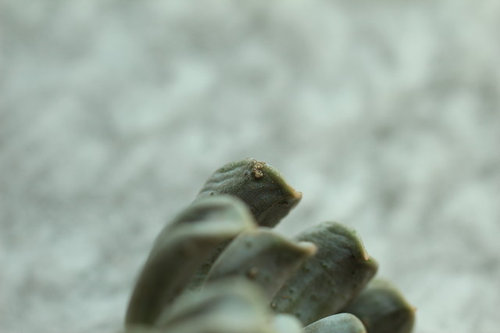
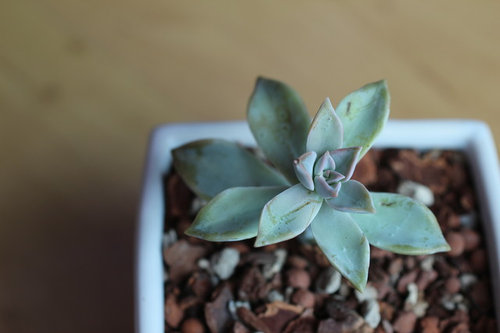



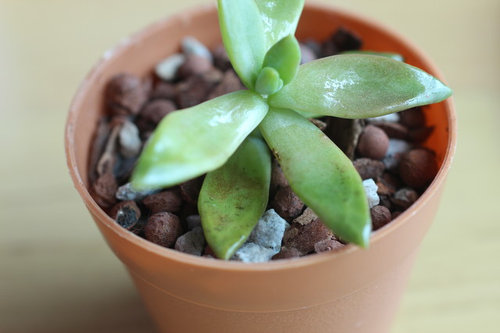
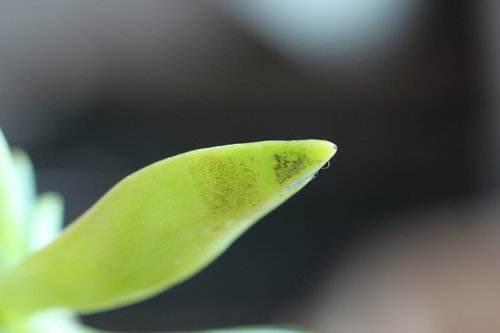
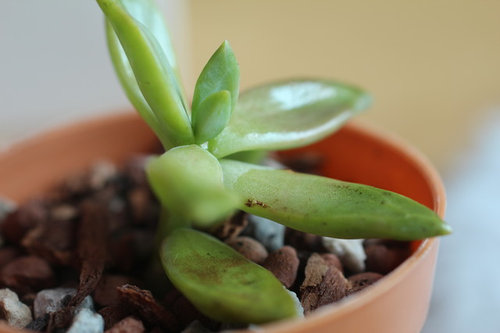
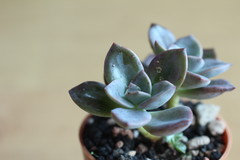

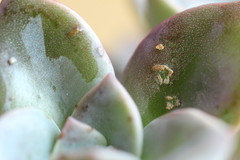

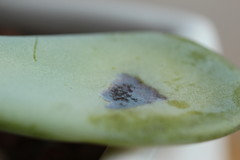
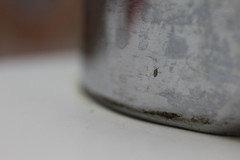

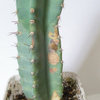
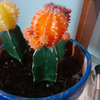
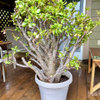
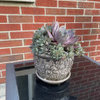
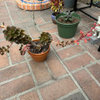
bernardyjh